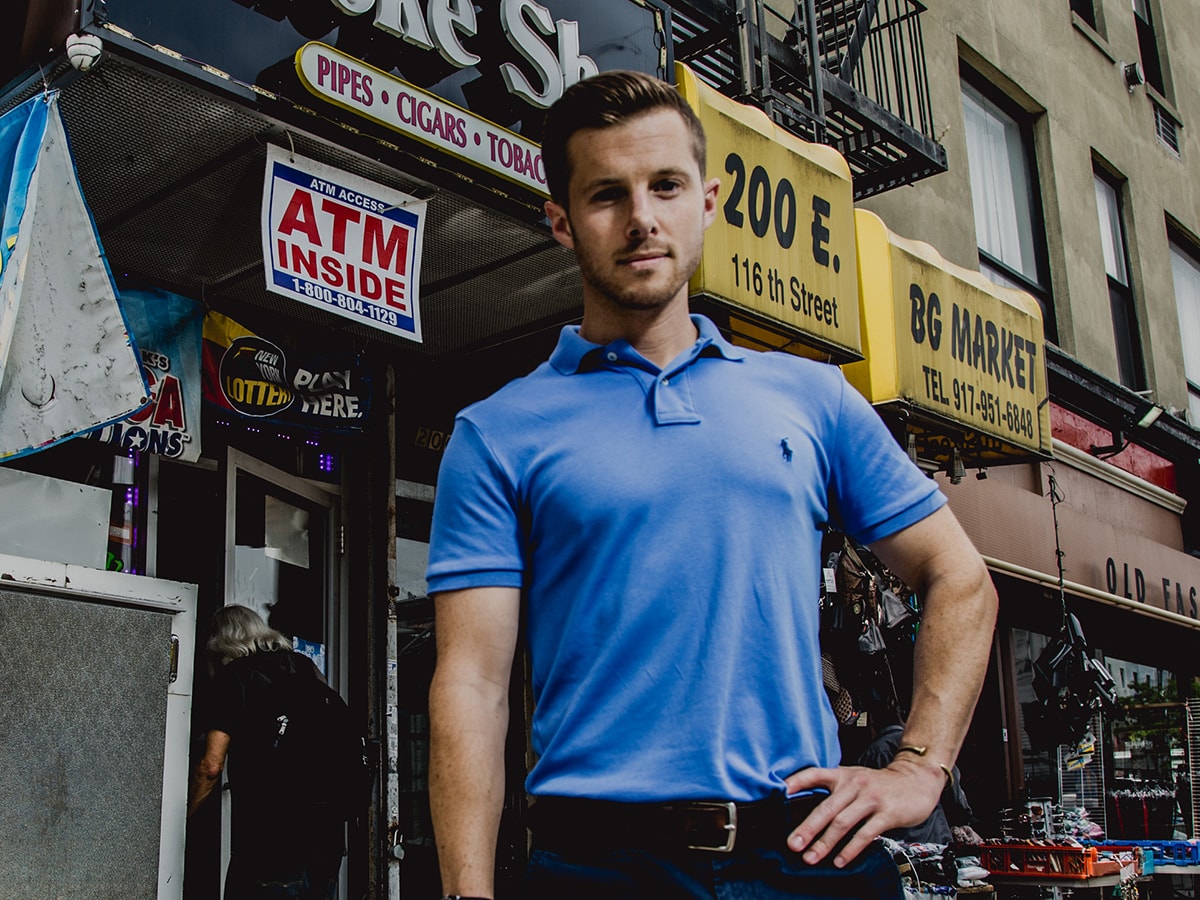
“The tobacco epidemic is far from over,” says Giovenco, an assistant professor of sociomedical sciences at Columbia University’s Mailman School of Public Health. The problem, he explains, lies with the rise of so-called alternative tobacco products like e-cigarettes.
Giovenco sees e-cigarettes as a less risky substitute for conventional cigarettes, the deadliest tobacco products on the market. But much about e-cigs remains unknown — including who, exactly, is using them, and why.
As one of the first students to enroll in TCNJ’s interdisciplinary health communication concentration, Giovenco knew right away he wanted to pursue a career in public health. “Words and images are so powerful,” he says. “And the concentration taught us that persuasive communication can be used to influence the public’s health.”
E-cigarettes burst onto the scene just as Giovenco graduated from college, and he published some of the earliest studies describing patterns and risk factors of e-cigarette use in the United States while completing his MPH and PhD.
Combining national survey data on the sale and use of tobacco products with his own fieldwork — he regularly visits communities to collect data on tobacco advertising, map the location of tobacco retailers, and talk to people about how and why they use different tobacco products — Giovenco identified a disturbing trend: The riskiest products, including cigarettes and cigars, were disproportionally promoted in neighborhoods with large numbers of racial and ethnic minorities, while less harmful products like e-cigarettes, which don’t actually burn tobacco (a process known to release all manner of toxic chemicals), were most heavily marketed in predominantly white neighborhoods.
That striking disparity inspired his current research project, which began in 2016 and is funded through a five-year, $1.25 million grant from the National Institutes of Health. By focusing on three cities with divergent policies toward tobacco use — New York City, Philadelphia, and a metropolitan center to be determined in New Jersey — Giovenco aims to untangle how differences in marketing, regulation, and demographics all contribute to variations in e-cigarette use. Ultimately, he hopes his work will help regulatory agencies like the Food and Drug Administration craft policies to get people off the riskiest tobacco products and decrease smoking in general.
“This is a novel and interesting idea,” says Ryan David Kennedy, a tobacco control researcher at the Johns Hopkins Bloomberg School of Public Health. “In so many communities you cannot buy fresh food, but you can buy tobacco. Policy can help change environments so they are more likely to support healthy behaviors.” For his part, Giovenco sees lower-risk products as a stepping stone to something better. “My dream,” he says, “is for tobacco use to be eliminated altogether.”
Alexander Gelfand is a freelance writer whose work has appeared in The Economist, The New York Times, and Wired.
